
Fulfillment of Chinese Dream
Tue, 27 Apr 2021 | Reading Time: 8 minutes

Fulfillment of Chinese Dream
In the late 1980s, if you were to stop people in a crowded market place in Beijing and ask a dozen of them randomly chosen, as to the future of China ten, twenty or thirty years hence, possibly all 12 will give you the same answer. China will become a strong country and its people will enjoy immense prosperity, as during its glorious past. This was the impression I gained then as a young Indian diplomat in China. My conjecture is that if the same question is posed to a sanitary worker in Tiananmen Square, a scholar in the Chinese Academy of Social Sciences (CASS) or a Minister working in Zhongnanhai [former imperial garden adjacent to the Forbidden City in Beijing which today serves as the headquarters of the Communist Party of China (CPC) and the State Council or government of the Peoples Republic of China (PRC)], you are likely to get the same answer from all three persons.
Swing forward to 2012-13. Xi Jinping who assumed the posts of General Secretary of the CPC in late 2012 and then President of the PRC in early 2013, is credited with promoting the phrase, ‘Chinese Dream’. Xi did not offer a precise definition of his Chinese Dream, instead calling on young Chinese to “…dare to dream, work assiduously to fulfill the dreams and contribute to the revitalization or rejuvenation of the nation.” It was left to various state-controlled media to attribute four basic parts to the Dream – ‘strong China’, ‘civilized China’, ‘harmonious China’, and ‘beautiful China’.
It is clear that what Xi Jinping packaged as the Chinese Dream campaign, which continues to this day, is the message that the leadership of the CPC have successfully transmitted to the vast majority of the Chinese people since perhaps the time of Mao. The message or dream is simple. The Chinese people see themselves as heirs of a millennium-old civilization that was the world leader in culture, science, technology and administration right up to the 16th century. Even in the 18th century, China’s share of the world economic output was over 30 percent. In this ideal conception, China or the ‘Middle Kingdom’ (the literal translation of the country’s name in Chinese) sees itself as the centre of the world surrounded on all sides by lesser civilizations, who have traditionally paid tribute at the Chinese court. Then followed a century of humiliation at the hands of colonial powers starting with the First Opium War of 1839-1842. Following internal Chinese rebellions, colonial exploitation, state collapse, Japanese occupation and civil war, China’s share of global GDP fell to just 5 percent in the early 1950s.
The pain of losing imperial greatness is kept alive by the CPC in the collective memory of its people. History books, television series and newspaper articles repeatedly evoke the humiliation of the Chinese nation by foreign powers, the decline of China and the misery of its people in this period. This culture of remembrance has paved the way for the mass appeal of Xi Jinping’s Chinese Dream.
The plans for the “great rejuvenation of the Chinese nation”, is described as achieving the Two Centuries.
- The first is achieving the material goal of China becoming a moderately well-off society by 2021, the year that marks the 100th anniversary of the ruling CPC.
- The second is China becoming a fully developed nation by 2049, the 100th anniversary of the founding of the PRC.
The Chinese Dream possibly envisages it to once again emerge as a global superpower, a position it reportedly held in the last millennia. Though not quoted in any official document or public utterance by any high ranking official, a book by Liu Mingfu, a retired People’s Liberation Army (PLA) Colonel, titled, ‘China Dream: Great Power Thinking and Strategic Posture in the Post American Era’ published in 2010, became a hot selling item in China after the Chinese Dream campaign took off in 2013. Liu’s book envisages a strong China with a strong military making it the world’s dominant power.
With a per capita GDP of $11,819 (nominal) and US $18,931 (PPP) in 2020 China seems to have achieved the first of the two goals. Given its pace of growth and all round development including in military strength, scientific innovation and cultural spread, the country seems well poised to achieve its target of developed country status by the middle of this century.
China’s physical transformation has been truly amazing. I remember when shifting from the Indian Consulate in Hong Kong to the Embassy in Beijing in 1988, I was asked to carry as many household goods as possible since the quality of manufactured items available in Beijing in those days, was generally poor. We even carried our basic home furniture as the Head of Chancery (administrative head of the Embassy) warned me that I may not be able to use the shabby furniture then available in Beijing. I recall a foreign diplomat based in China, who had travelled to Mumbai (then Bombay), had graded the infrastructure in India’s commercial capital as superior to that of Beijing or Shanghai. Two decades later, by the early 21st century, the Indian market is flooded with furniture from China among numerous other manufactured goods of Chinese origin. Today, no Indian city is a match to the gleaming edifices of Shanghai, Beijing and other Chinese cities. The Chinese people and its government can be justifiably proud of these achievements.
However, there is a feeling going around not just in India, but in many other parts of the world, that China’s rise is impacting negatively on the interests of others. The primary cause of such negative vibes is the fact that attitudinal change, particularly among the Chinese elite, has not kept pace with the economic development, growth of infrastructure and vast improvement in the lives of the Chinese people that has transformed this country in three decades.
Per se, one can find no fault with Xi Jinping and the Chinese leadership in fostering and promoting a Chinese Dream campaign. Such a goal oriented programme does help in building up healthy nationalistic and patriotic feelings as does the American Dream for the United States. However, the revitalizing or rejuvenation of a nation with the aim of restoring the country’s historical strength and prosperity should not dwell on past practices or thought, which discriminate against people and societies which are not Chinese. The vestiges of racial superiority encapsulated by the ‘outsider’ vassal paying tribute in the Chinese court of the past, has no place in this century.
After two tenures in mainland China, the first time in the late 1980s and then again from 2001 to 2004, my family and I came away with the impression that the average Chinese person has little contemporary knowledge about Indian society and ethos. He or she is generally suspicious and disdainful about the ‘chaotic’ Indian lifestyle, our vibrant democratic practices and the sacred place of religion in our lives. Unfortunately, Chinese literature and media or official propaganda has done little to enhance the knowledge and understanding of its people about Indian history, culture and the aspirations of her people. I am not qualified to extrapolate that such misunderstandings exist in China about other peoples, cultures and civilizations, but it is my impression that the ‘middle kingdom’ phenomenon has not helped to foster closer bonding between the Chinese people and the world outside its boundary.
The more worrying aspect of China’s rise, perhaps to a dominant power status in future, is the CPC leadership’s determination to enforce its vision and claims including on disputed land and oceanic territory, right of passage in international waters and the sky, and grandoise global outreach plans like the Belt and Road Initiative (BRI), without sufficient prior consultations with all stakeholders. China’s actions with regard to occupation of disputed islands in the South China Sea, establishment of military and other structures, creation of no fly zones for aerial flights and no traverse zones for maritime traffic without Beijing’s approval in the South China and East China Seas, not in consonance with the UN Convention on the Law of the Sea, and naval vessels patrolling in the exclusive waters of sovereign nations, have been well documented.
China’s consistent encroachment on Indian territory, highlighted by the occupation of Indian patrolled lands along the Line of Actual Control (LAC), unilateral change of the status quo in the border areas particularly in the western sector in Ladakh in the summer of 2020, is still fresh in our memory. The belligerent actions of PLA troops in the Galwan Valley area of eastern Ladakh in June 2020 resulting in scores of deaths and other casualties, has inflicted a severe wound in the Indian psyche. China’s refusal to budge from territories unilaterally occupied by PLA soldiers in April-May 2020, after an initial pull back by both sides in the Pangong Tso area earlier this year, leads one to the conclusion that the salami slicing tactic adopted by the PLA from time to time including in 2020, is not an ad hoc action by some over enthusiastic Chinese soldiers, but a planned incursion to seize territory claimed by China by force, instead of waiting for boundary negotiations to conclude and find solutions acceptable to both sides.
In the case of the boundary issue with India after the military action of 1962 and a few armed attempts in the 1970s and 80s, once political understanding was reached with India, starting from the 1988 visit of PM Rajiv Gandhi to China, the border has remained calm though there was no perceptible forward movement on the boundary settlement issue, despite over two decades of talks. In general, like India, Chinese border troops generally adhered to the various CBMs and understandings reached between the two sides and did not attempt to change the status quo by force. Then came Doklam in 2017 and Galwan in 2020 when Chinese patience seems to have run out, and there are clear attempts to take by stealth and force territories China claims to be its own. No one can be faulted for coming to the conclusion that China was biding its time when it was a developing/emerging economy and country and therefore kept the peace with India for over two decades since 1988. It has resorted to a different tactic once it has reached a position of all round strength, economically, militarily and with the requisite infrastructure, to try and forcefully implement its claims. Till 2017, India was going by the rule book exhorting China to do the same. This new phase in Chinese tactics on the boundary issue coincides with the rise of Xi Jinping as the supreme leader and his China Dream to make the country all powerful.
Therefore, as Indians we can hardly be faulted for perceiving China’s rise and the Chinese Dream as an attempt to bend India’s will to Chinese diktats. We appreciate and celebrate the great Chinese civilization with which the Indian civilization and its people interacted in the past for mutual benefit. The breath taking transformation of the PRC in recent decades, and the vast improvement in the lives of its peoples is sincerely applauded and holds lessons for much of the developing world. However, when China’s rise and its Dream encroach on my territory, my rights as a global citizen and my aspirations, and cast me aside to a secondary position, then I have problem. If this is the treatment we are meted out when China is middle developed power, naturally our apprehension will grow manifold if it reaches super power status by 2050. I recall a senior colleague in MEA arguing in the nineties, that India should conclude its boundary negotiations with China hurriedly while it still can get a decent deal, because once the country grows stronger in the next century it will be in no mood to reach a conclusion at the negotiating table. How prophetic!
Is India the only country to feel China’s heat as it rises? Not so. The testimony lies in the fact that countries as diverse as the USA, Australia, Japan and India have got together as the Quad to confront Chinese belligerence. The Indo-Pacific concept which is vehemently opposed by China is gaining traction not just in this region but also in Europe and other parts of the globe. A benign and peaceful rise of China and the Chinese Dream would surely not have triggered such forces which makes China apprehensive.
Author

Debnath Shaw, former Ambassador of India to Azerbaijan and High Commissioner to Tanzania, is a career diplomat and has served in various Indian diplomatic missions in Hong Kong, Bonn and Dhaka. He had two tenures in Indian Embassy in Beijing, China during his career as an IFS officer.
Disclaimer
The opinions expressed in this article are the author’s own and do not reflect the views of Chanakya Forum. All information provided in this article including timeliness, completeness, accuracy, suitability or validity of information referenced therein, is the sole responsibility of the author. www.chanakyaforum.com does not assume any responsibility for the same.
Chanakya Forum is now on . Click here to join our channel (@ChanakyaForum) and stay updated with the latest headlines and articles.
Important
We work round the clock to bring you the finest articles and updates from around the world. There is a team that works tirelessly to ensure that you have a seamless reading experience. But all this costs money. Please support us so that we keep doing what we do best. Happy Reading
Support Us





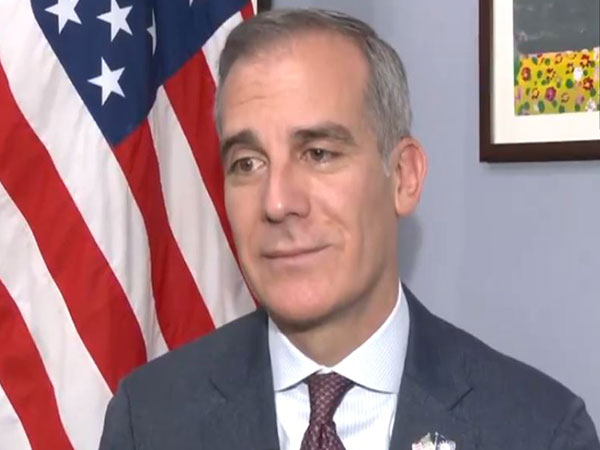
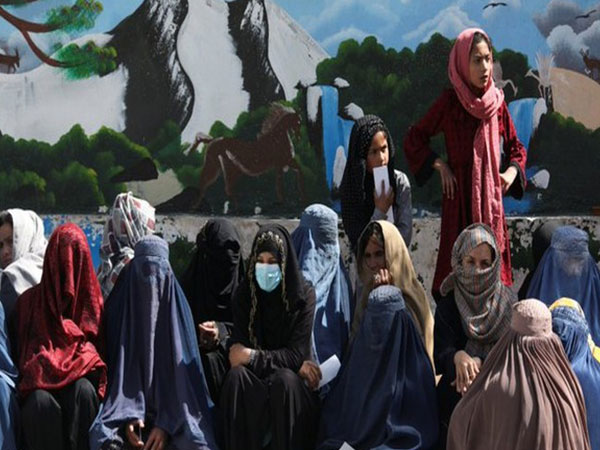

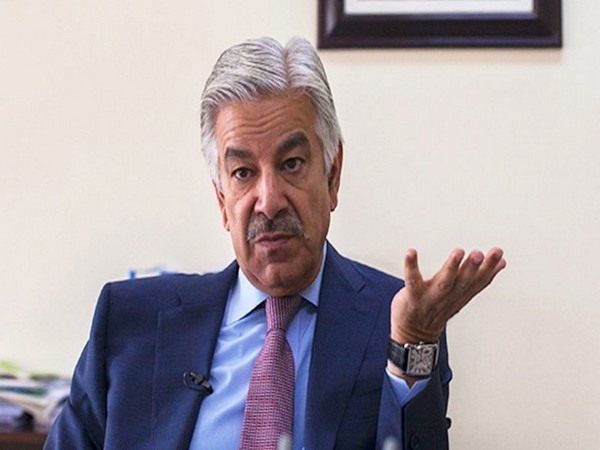
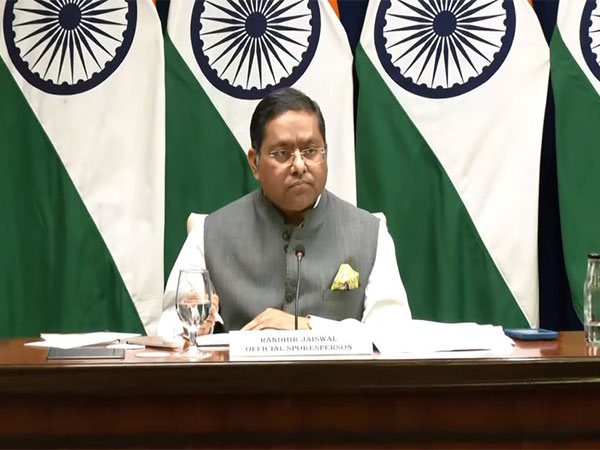



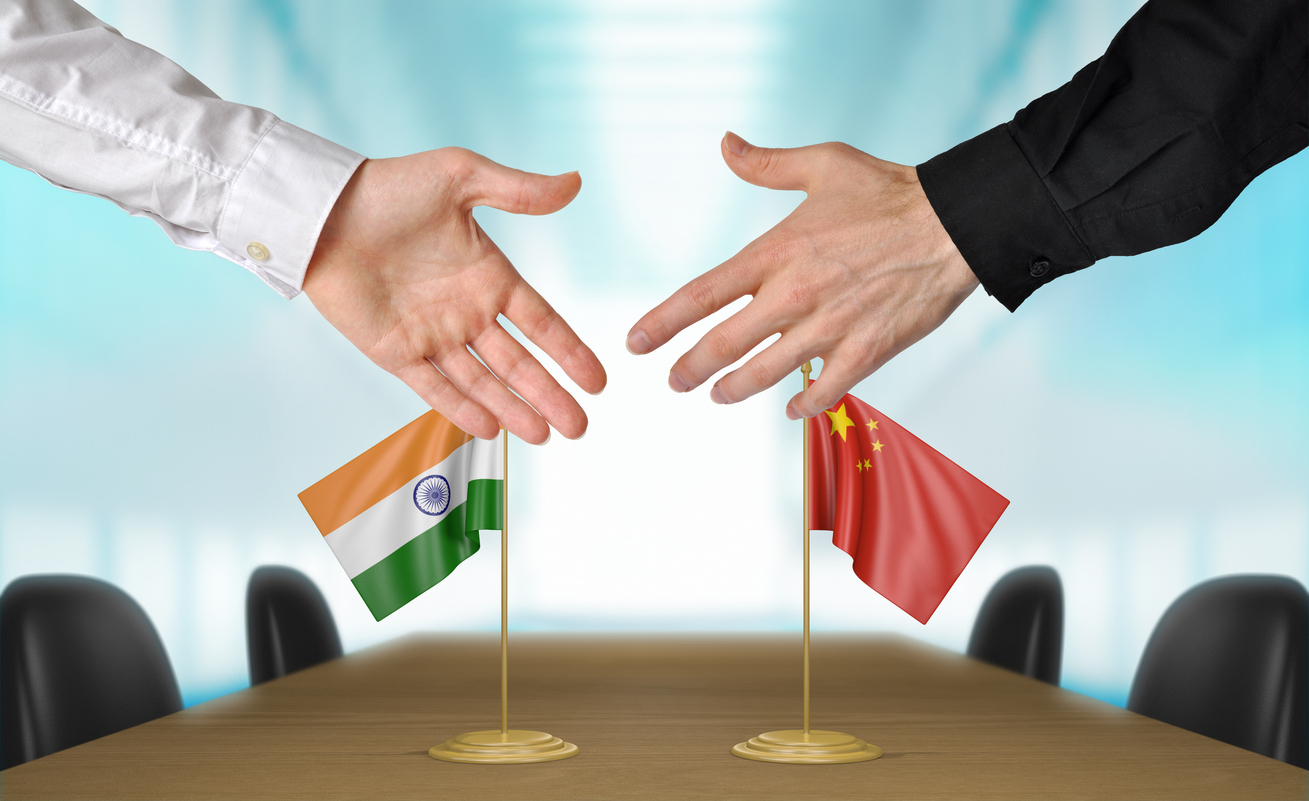






POST COMMENTS (7)
Rishav chauhan
Gaurav Singh
Anoop
Dr. Ron D'Mello
Mrs. Norzin Norbhu
OP Gupta
DPK Pillay